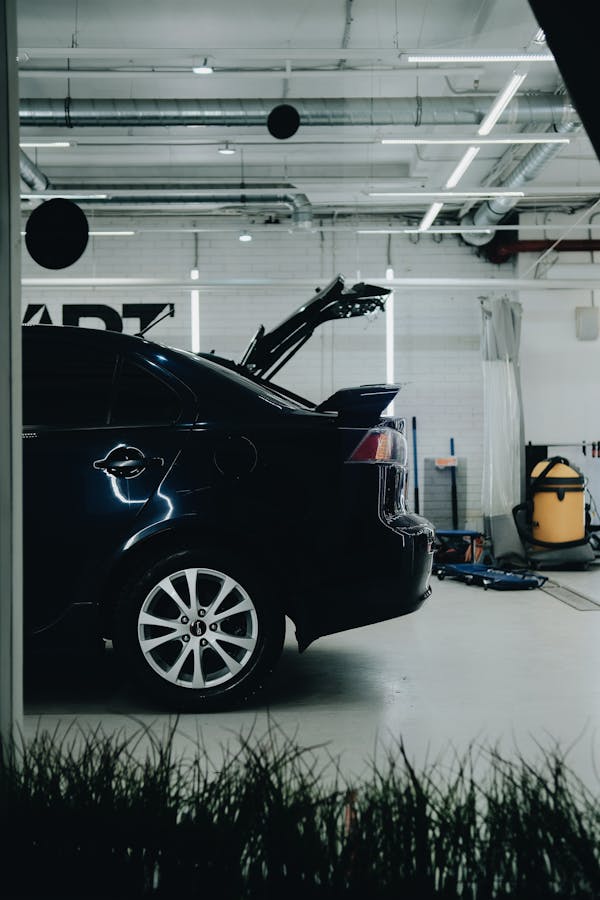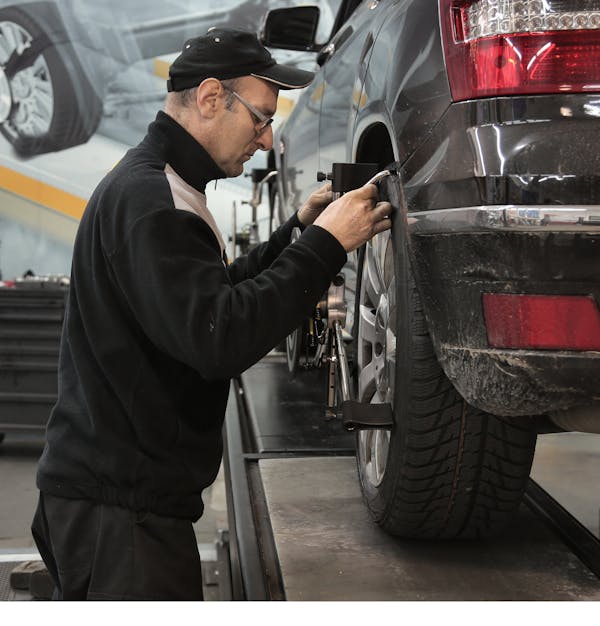Car detailing is an extensive cleaning process that takes many hours to complete. It involves removing stains and dyes, wiping surfaces, and polishing or waxing to protect the paint job. It is often included as a part of professional auto body work, but can also be done by independent car detailers. Professionals use high-quality products and can do more complex jobs than a car owner can do at home. The time taken depends on the size of a vehicle and extent of the work needed.

Extends the Lifespan of a Vehicle
Regular car detailing is a way to keep a car in good condition. It helps extend the lifespan of a vehicle by minimizing damage and increasing its resale value. It can also help save money on repairs and maintenance costs.
A clean car is a pleasure to drive and can improve the mood of the driver. It is a sign that the driver cares about his or her vehicle and is taking care of it. It can also boost confidence on the road and make driving safer. In addition, a clean car is less likely to attract dust, dirt, and other contaminants.
Unlike a standard automatic car wash, a professional car detailing service will clean every surface and corner of the vehicle, including the engine compartment, trunk, door jambs, wheel wells, and underbody. A degreaser is used to loosen dirt and grime, which is then rinsed off with a pressure washer. After the surface is cleaned, a clay bar treatment is applied to remove impurities and traces of overspray. A protective sealant is then applied.
Other parts of the car that are cleaned include the glass, convertible top, dashboard and console, exterior chrome or trim, and vinyl. The wheels and tires are washed, polished or dressed, and the glass and upholstery are vacuumed. If the interior is leather or vinyl, a conditioner may be applied to preserve it.
It is important to research the different types of services that are available and to find a shop with the right equipment for the type of vehicle. A quality shop will have a full-service department with multiple employees to accommodate different types of vehicles and workloads. It will also have a variety of tools and supplies, including water-based and solvent-based cleaners. Water-based cleaners are safer for the environment and are less abrasive than solvent-based cleaners.

The price of a detailing service can vary significantly depending on the type and level of work required. Basic services like an exterior wash are cheaper than comprehensive packages that include a ceramic coating or paint correction. Many detailing shops offer discounts for recurring customers. It is a good idea to ask for quotes before choosing a service provider. It is also a good idea to choose an independent shop rather than one at a dealership. Dealerships often charge more for their services and may have dirty or outdated equipment that can do more harm than good.
